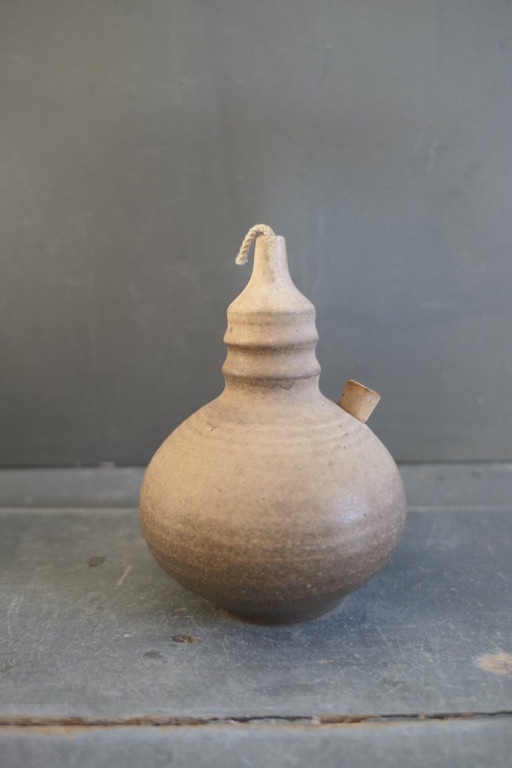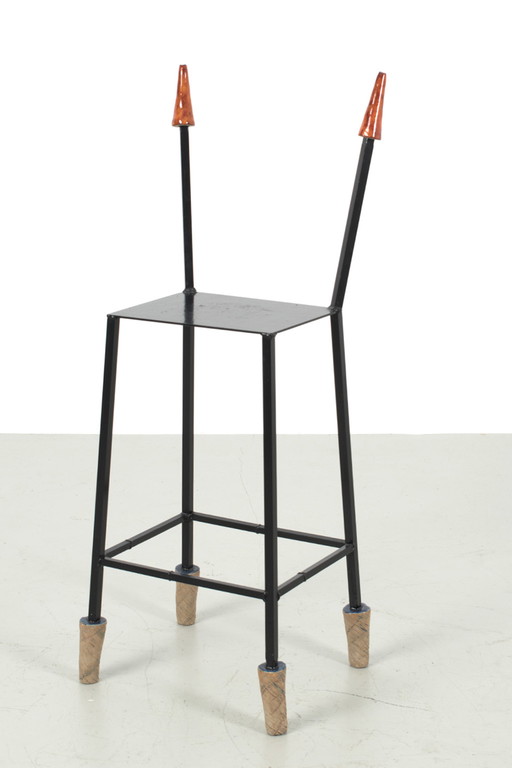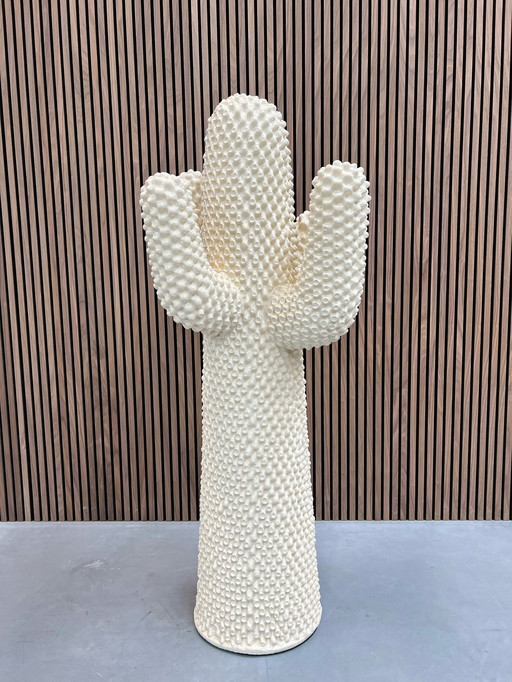Decorative Objects


















Your item deserves more views
Boost your listing from €3.75












































































Decorative Objects
Decorative objects add character, personality and style to any room. They are like the icing on the cake when it comes to decorating your home. There are countless different decorative objects, from beautiful vases and elegant sculptures to colorful pillows and atmospheric candles, with decorative objects you will brighten up your home completely. Also at Whoppah we have a large selection of decorative objects for your home. So be sure to take a look!
Decorative objects: functional
Decorative objects are not only aesthetically pleasing but also functional. A vase with flowers can transform an empty corner into a living work of art. Picture frames with fond memories let your home breathe with emotion. Mirrors enlarge the space and create a sense of depth.
Mix and match decorative objects.
Decorative objects come in all shapes and sizes. From timeless classics to modern statement pieces. They can fit into any interior, whether minimalist, boho, industrial or vintage. By choosing and combining smartly, you can create a harmonious ensemble. By experimenting with different textures, materials and colors you can create a unique look.
Decorative objects for any space
Decorations are not only limited to living rooms and bedrooms, but you can place them in any room of the house. So even kitchens, bathrooms and even offices can be brightened up. They can transform a dull space into a place where you love to stay.
Buying Decorative Objects
Buying home decorations is a fun and creative way to personalize your home and add a personal touch to your interiors. You have them in all shapes and sizes. At Whoppah we also have a wide range of decorative objects, so there is something for everyone! Online on our webshop or in the showroom.